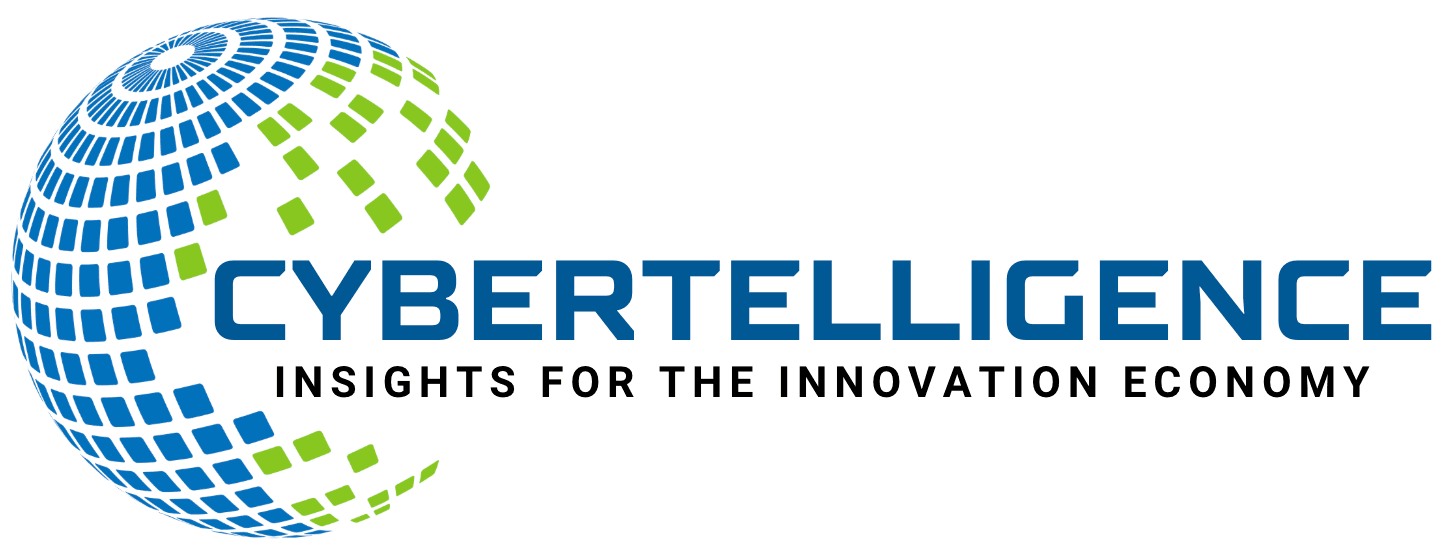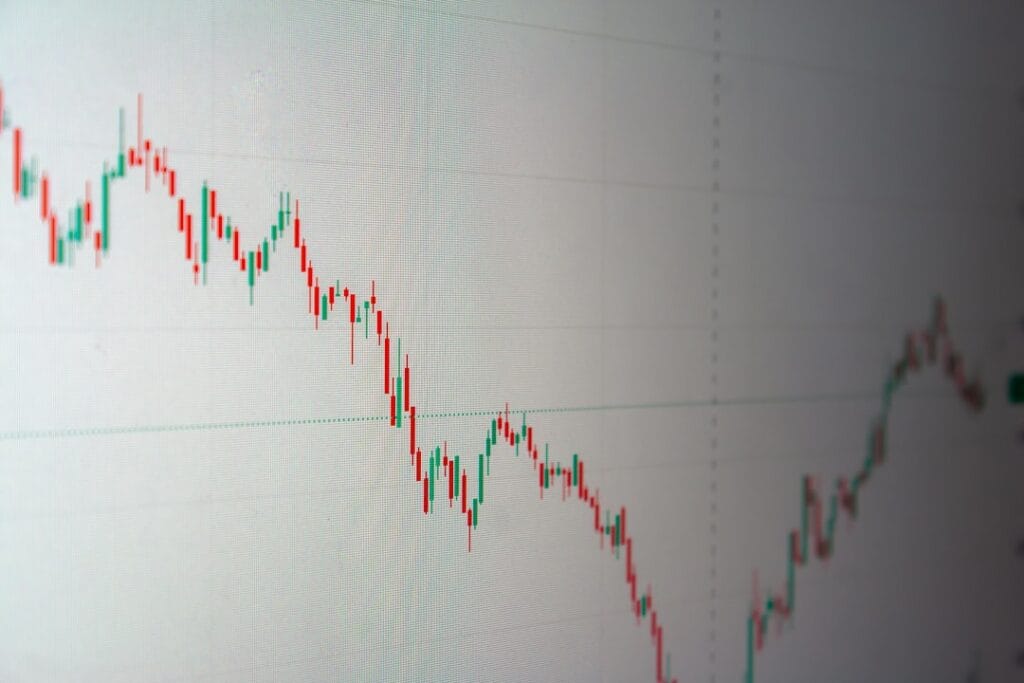Litecoin, often referred to as the silver to Bitcoin’s gold, was created in 2011 by Charlie Lee, a former Google engineer. It was designed to provide a faster and more efficient alternative to Bitcoin, addressing some of the limitations associated with the original cryptocurrency. Litecoin operates on a decentralized network using blockchain technology, which allows for peer-to-peer transactions without the need for intermediaries.
The primary difference between Litecoin and Bitcoin lies in their respective algorithms; Litecoin uses the Scrypt hashing algorithm, which is less resource-intensive than Bitcoin’s SHA-256. This distinction enables Litecoin to process transactions more quickly, with block generation times of approximately 2.5 minutes compared to Bitcoin’s 10 minutes. The cryptocurrency has gained significant traction over the years, becoming one of the top digital currencies by market capitalization.
Its robust community and active development have contributed to its resilience and adaptability in an ever-evolving market. As the crypto landscape continues to mature, Litecoin has positioned itself as a reliable option for both investors and users seeking a practical means of conducting transactions. The recent surge in its price has drawn attention from both seasoned investors and newcomers alike, prompting discussions about its potential role in the broader cryptocurrency ecosystem.
Key Takeaways
- Litecoin is a popular cryptocurrency that was created in 2011 as a “lite” version of Bitcoin, with faster transaction times and a different hashing algorithm.
- The crypto market has experienced a surge in recent months, with Bitcoin reaching new all-time highs and other altcoins, including Litecoin, also seeing significant price increases.
- Factors contributing to Litecoin’s price surge include increased adoption and acceptance by merchants, the upcoming Mimblewimble upgrade, and the overall bullish sentiment in the crypto market.
- When compared to other cryptocurrencies, Litecoin has outperformed many in terms of price appreciation and market capitalization, making it an attractive investment option for many traders.
- Market trends and investor sentiment indicate a positive outlook for Litecoin, with many experts predicting further price increases and potential implications for the broader crypto market.
Overview of the Crypto Market Surge
The cryptocurrency market has experienced remarkable growth over the past few years, characterized by unprecedented price surges and increased mainstream adoption. In 2021, the total market capitalization of cryptocurrencies soared to over $2 trillion, driven by a combination of factors including institutional investment, technological advancements, and growing public interest. This surge was not limited to Bitcoin; altcoins like Ethereum, Cardano, and indeed Litecoin also saw significant price increases as investors sought diversification within their portfolios.
The rise of decentralized finance (DeFi) and non-fungible tokens (NFTs) has further fueled interest in cryptocurrencies, creating new avenues for investment and speculation. DeFi platforms have enabled users to lend, borrow, and trade assets without traditional financial intermediaries, while NFTs have captured the imagination of artists and collectors alike. As these trends gained momentum, they contributed to a broader acceptance of cryptocurrencies as legitimate financial instruments.
The influx of retail and institutional investors into the market has created a perfect storm for price appreciation, leading to heightened volatility and speculation.
Factors Contributing to Litecoin’s Price Surge

Several factors have contributed to Litecoin’s recent price surge, making it an attractive option for investors looking for potential gains. One significant driver is the increasing recognition of Litecoin as a viable medium of exchange. As more merchants begin accepting Litecoin for transactions, its utility as a currency has improved, leading to greater demand.
This growing acceptance is bolstered by partnerships with payment processors and platforms that facilitate cryptocurrency transactions, further enhancing Litecoin’s visibility in the marketplace. Another critical factor is the overall bullish sentiment surrounding cryptocurrencies. As Bitcoin reached new all-time highs, it often acts as a catalyst for altcoins like Litecoin.
Investors tend to follow Bitcoin’s lead, resulting in a ripple effect that boosts the prices of other cryptocurrencies. Additionally, Litecoin’s halving events—where the reward for mining new blocks is cut in half—have historically led to price increases due to reduced supply. The most recent halving occurred in August 2023, which has sparked renewed interest and speculation about future price movements.
Comparison of Litecoin’s Performance to Other Cryptocurrencies
| Cryptocurrency | Price | Market Cap | 24h Change |
|---|---|---|---|
| Bitcoin | 45,000 | 850 billion | +2.5% |
| Ethereum | 3,500 | 400 billion | +3.2% |
| Ripple | 1.50 | 70 billion | +1.8% |
| Litecoin | 180 | 10 billion | +1.5% |
When comparing Litecoin’s performance to other cryptocurrencies, it is essential to consider various metrics such as market capitalization, price volatility, and adoption rates. While Bitcoin remains the dominant player in the market, Litecoin has consistently maintained its position among the top ten cryptocurrencies by market cap. Its relatively stable performance during periods of extreme volatility in the broader market has made it an appealing choice for risk-averse investors.
In contrast to Ethereum, which has seen explosive growth due to its smart contract capabilities and DeFi applications, Litecoin’s focus on being a transactional currency sets it apart. While Ethereum’s price has surged dramatically due to its utility in decentralized applications (dApps), Litecoin’s more modest growth reflects its role as a digital currency rather than a platform for innovation. However, this does not diminish Litecoin’s significance; its faster transaction times and lower fees make it an attractive option for everyday transactions compared to both Bitcoin and Ethereum.
Analysis of Market Trends and Investor Sentiment
Market trends play a crucial role in shaping investor sentiment towards cryptocurrencies like Litecoin.
As traditional financial markets face uncertainty, many investors are turning to cryptocurrencies as a hedge against inflation and a store of value.
Investor sentiment is often influenced by social media trends and online communities that discuss cryptocurrency investments. Platforms like Twitter and Reddit have become hotbeds for discussions about price predictions and investment strategies. The rise of influencers within these communities can lead to rapid shifts in sentiment, causing prices to fluctuate dramatically based on perceived trends or news events.
This phenomenon highlights the importance of understanding market psychology when investing in cryptocurrencies like Litecoin.
Potential Implications of Litecoin’s Price Surge

The implications of Litecoin’s price surge extend beyond individual investors; they can impact the broader cryptocurrency ecosystem as well. A significant increase in Litecoin’s value can lead to greater media attention and public interest in cryptocurrencies overall. This heightened visibility may encourage more people to explore digital currencies, potentially leading to increased adoption and usage across various sectors.
Moreover, as Litecoin gains traction as a medium of exchange, it could influence other cryptocurrencies to enhance their transactional capabilities. The competition among digital currencies may drive innovation and improvements in transaction speeds, fees, and security features. Additionally, if Litecoin continues to perform well, it may attract institutional investors who are looking for alternative assets that offer diversification benefits within their portfolios.
Expert Opinions on Litecoin’s Future Outlook
Experts in the cryptocurrency space have varying opinions on Litecoin’s future outlook, reflecting the inherent uncertainty of the market. Some analysts believe that Litecoin has strong potential for growth due to its established presence and ongoing development efforts. They point to its active community and regular updates as indicators that it can adapt to changing market conditions and technological advancements.
Conversely, some experts caution that Litecoin may struggle to maintain its relevance amid fierce competition from newer cryptocurrencies that offer advanced features or unique use cases. They argue that while Litecoin has been a reliable player in the market, it must continue innovating to keep pace with evolving investor expectations and technological advancements. The future trajectory of Litecoin will likely depend on its ability to carve out a distinct niche within the crowded cryptocurrency landscape.
Potential Risks and Challenges for Litecoin
Despite its strengths, Litecoin faces several risks and challenges that could impact its future performance. One significant concern is regulatory scrutiny; as governments around the world grapple with how to regulate cryptocurrencies, there is potential for increased oversight that could affect trading volumes and investor confidence. Regulatory changes could impose restrictions on how cryptocurrencies are used or traded, which may hinder Litecoin’s growth prospects.
Additionally, market volatility poses a constant threat to all cryptocurrencies, including Litecoin. Sudden price fluctuations can lead to significant losses for investors who are unprepared for such swings. The speculative nature of cryptocurrency investments means that prices can be influenced by factors beyond fundamental analysis, including social media trends or macroeconomic events.
Investors must remain vigilant and informed about these risks when considering their positions in Litecoin.
Strategies for Investing in Litecoin Amidst Market Volatility
Investing in Litecoin amidst market volatility requires a strategic approach that balances risk management with potential rewards. One effective strategy is dollar-cost averaging (DCA), where investors purchase fixed amounts of Litecoin at regular intervals regardless of its price fluctuations. This method helps mitigate the impact of volatility by spreading out purchases over time, allowing investors to accumulate assets without attempting to time the market.
Another strategy involves setting clear investment goals and risk tolerance levels before entering positions in Litecoin. Investors should determine their desired time horizon—whether short-term trading or long-term holding—and adjust their strategies accordingly. Utilizing stop-loss orders can also help protect against significant losses during downturns by automatically selling assets when they reach predetermined price levels.
Regulatory and Legal Considerations for Litecoin Investors
As with any investment in cryptocurrencies, regulatory and legal considerations are paramount for Litecoin investors. Different jurisdictions have varying approaches to cryptocurrency regulation; some countries embrace digital currencies while others impose strict restrictions or outright bans. Investors must stay informed about the regulatory landscape in their respective regions to ensure compliance with local laws.
Tax implications are another critical consideration for investors in Litecoin. In many jurisdictions, profits from cryptocurrency trading are subject to capital gains taxes, which can significantly impact overall returns. Keeping accurate records of transactions is essential for tax reporting purposes; investors should track their purchases, sales, and any associated fees to ensure compliance with tax regulations.
Conclusion and Summary of Litecoin’s Price Surge in the Crypto Market
Litecoin’s recent price surge reflects broader trends within the cryptocurrency market while highlighting its unique position as a transactional currency. Factors such as increased adoption, positive investor sentiment, and historical halving events have contributed to its rising value. However, potential risks such as regulatory scrutiny and market volatility remain pertinent considerations for investors.
As experts weigh in on Litecoin’s future outlook, it becomes clear that while opportunities abound within this dynamic market, challenges persist that could impact long-term performance. Investors must adopt informed strategies that account for both potential rewards and inherent risks while navigating the complexities of cryptocurrency investments like Litecoin.
In recent discussions about the fluctuating price of Litecoin, it’s essential to consider the broader cryptocurrency market dynamics. A related article that provides valuable insights into the competitive landscape of cryptocurrencies is “Solana vs. Bitcoin: A Comprehensive Comparison of Two Leading Cryptocurrencies.” This article delves into the strengths and weaknesses of Solana and Bitcoin, offering a perspective that can help understand the factors influencing Litecoin’s market position. For more details, you can read the full article here.
FAQs
What is Litecoin?
Litecoin is a peer-to-peer cryptocurrency created by Charlie Lee in 2011. It is often considered as the silver to Bitcoin’s gold and operates on a decentralized network using blockchain technology.
How is the price of Litecoin determined?
The price of Litecoin, like other cryptocurrencies, is determined by supply and demand in the market. Factors such as trading volume, investor sentiment, and market speculation can also influence its price.
Where can I check the current price of Litecoin?
The current price of Litecoin can be checked on various cryptocurrency exchanges and financial websites that provide real-time price data for digital assets.
What factors can affect the price of Litecoin?
The price of Litecoin can be affected by a variety of factors including technological developments, regulatory changes, market adoption, competition from other cryptocurrencies, and macroeconomic trends.
Is the price of Litecoin volatile?
Yes, like many other cryptocurrencies, the price of Litecoin is known for its volatility. This means that its price can experience rapid and significant fluctuations over short periods of time.




